Understanding Wind Speed on Native Lands

Wind plays a significant role in shaping ecosystems, affecting infrastructure planning, and in overall renewable energy potential. Recognizing this, the Native Lands Advocacy Project (NLAP) developed an Average Wind Speed data dashboard as part of our Climate Data Portal for U.S. Native Lands. Read on to learn more about this dashboard and explore two potential […]
Reservations Experience Disproportionate Levels of Credit Insecurity
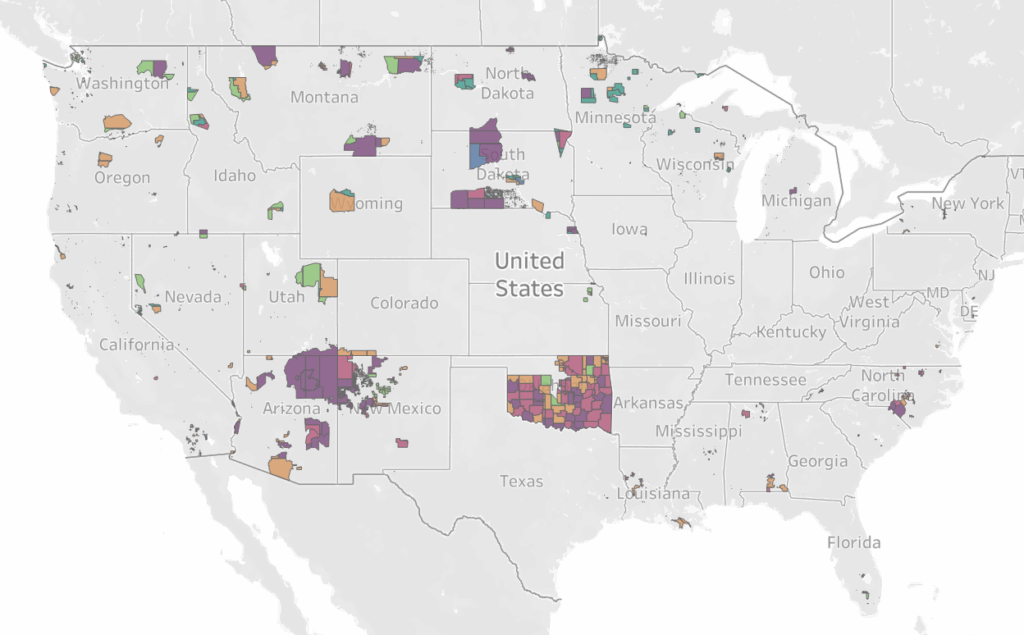
The new Credit Insecurity dashboard by the Native Lands Advocacy Project (NLAP) provides an at-a-glance understanding of tribal access to credit, revealing key discrepancies on Native lands when compared to national figures. About the Data The Native Lands Advocacy Project’s (NLAP’s) new Credit Insecurity on US Native Lands dashboard maps county-level credit insecurity data (as […]
Here’s What We Know About the 2026 Federal Budget for Indian Country

Every year, the United States Congress begins the process of appropriating funds for the following fiscal year. While it’s important that voters are aware of these funding decisions in order to advocate for their areas of concern—and it is especially vital for Tribal Nations and their citizens to assess how the U.S. is meeting its […]
Creating a Historic Loss Assessment, Part 4: Extermination of buffalo and other significant losses
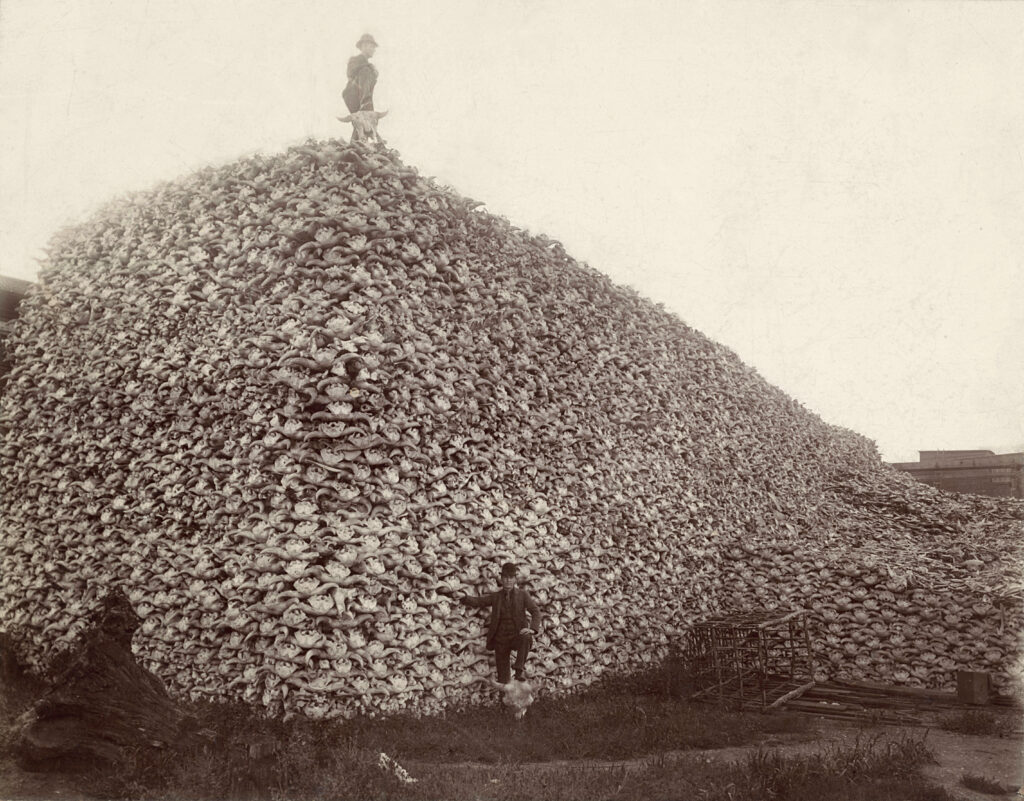
By calculating land dispossession, this report seeks to not only identify what has been taken from Native peoples but also how this theft became the original source of capital that built Colorado and the West.
New Storymap: Visualizing Federal Spending in Indian Country
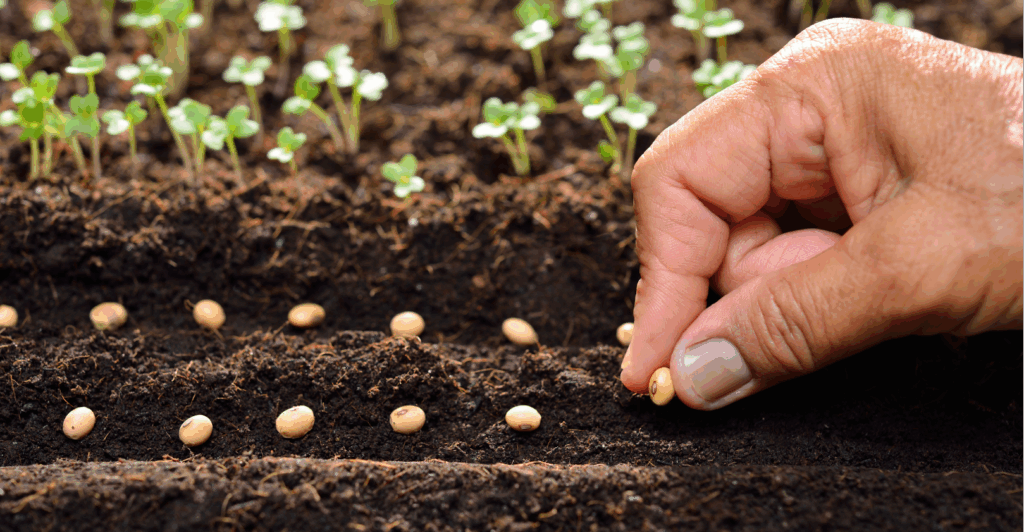
Learn about three new data tools that allow users to access relevant data about federal investments in Indian Country.
The Impact Project Maps the Effects of Federal Changes on Local Communities
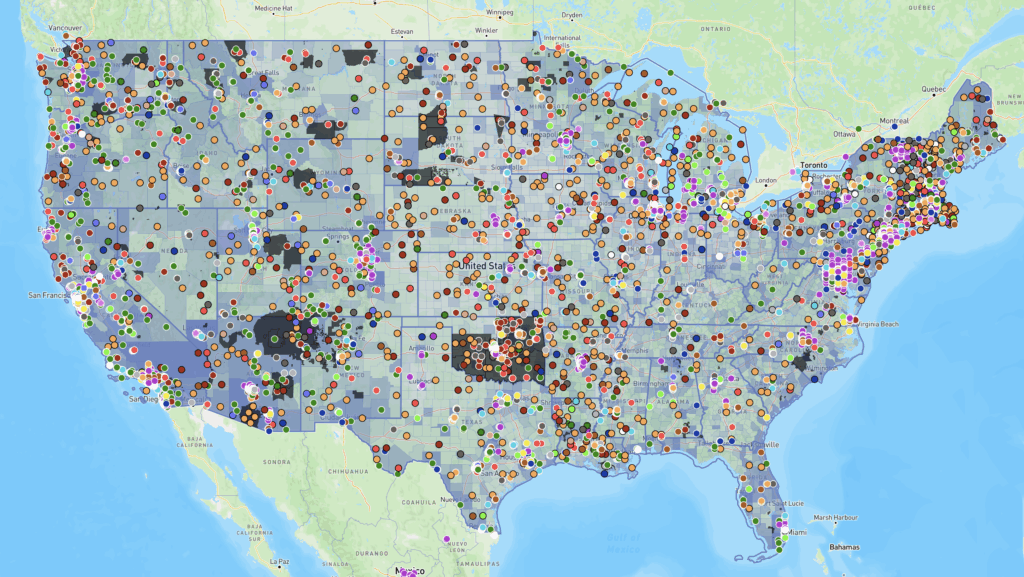
The Impact Project helps equip tribes with relevant information about the real-time effects of federal policy changes on local communities.
Creating a Historic Loss Assessment, Part 3: Illegal settlements and loss of agricultural revenue

By calculating land dispossession, this report seeks to not only identify what has been taken from Native peoples but also how this theft became the original source of capital that built Colorado and the West.
New to the NLIS? Start here!
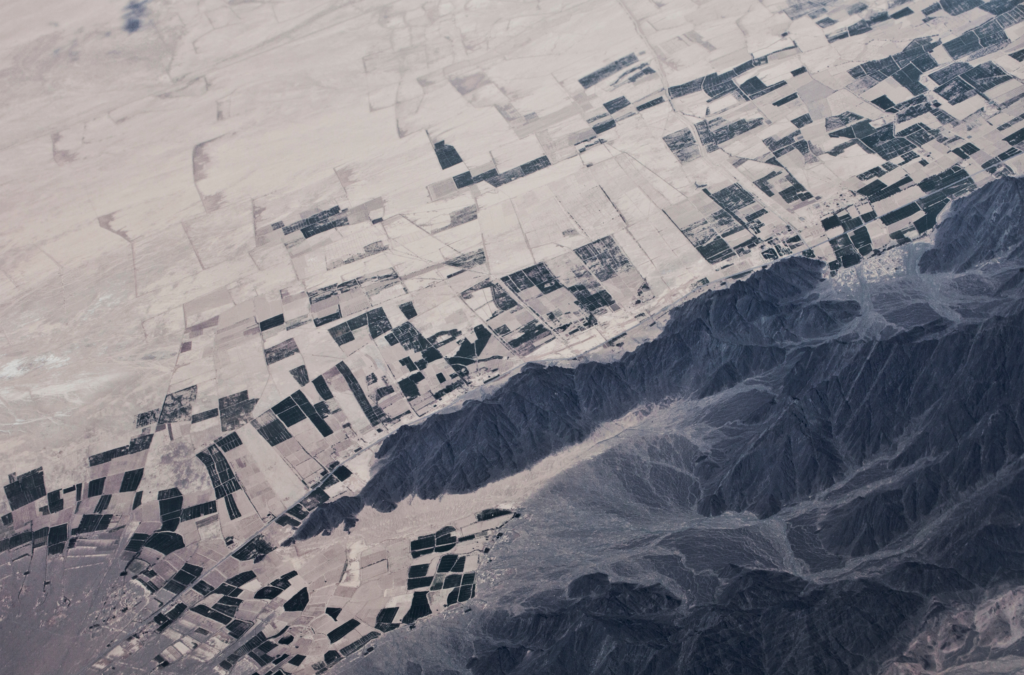
The Native Lands Advocacy Project (NLAP) compiles, consolidates, and visualizes data resources to support sovereign, sustainable, Native-led land planning and protection.
We Remain Committed to Empowering Tribal Self-Determination & Data Sovereignty
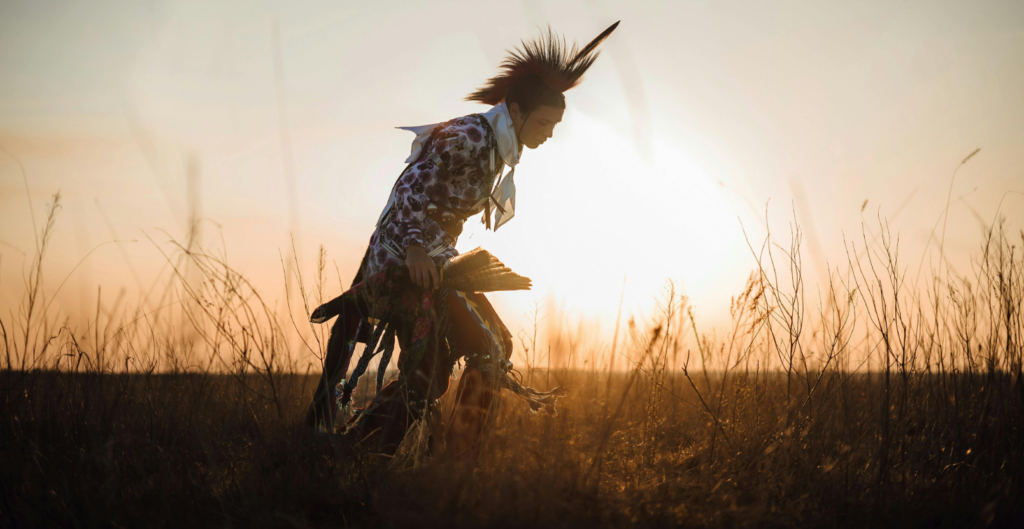
The Native Lands Advocacy Project (NLAP) was founded in 2019 to provide much-needed data support to Native American communities. As a project of the nonprofit Village Earth, NLAP is inspired and guided by 30+ years of grassroots work in direct support of communities’ needs. Since NLAP’s inception, our work has been guided by the needs […]
These Water-Focused Data Tools Support Tribal Land & Climate Planning
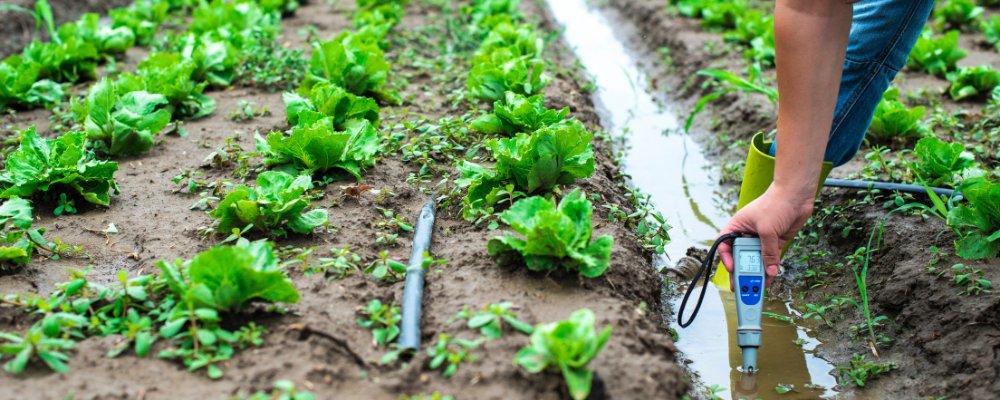
The Native Land Information System (NLIS) is home to over 120 public, free data tools and resources that were created to support tribal communities in developing climate-smart land management strategies. We are excited to share some of our new water data tools with you, as well as reintroduce you to some of our earlier water-related […]
Keystone Data Tools for Native Land Planning: View the webinar recordings & share your feedback
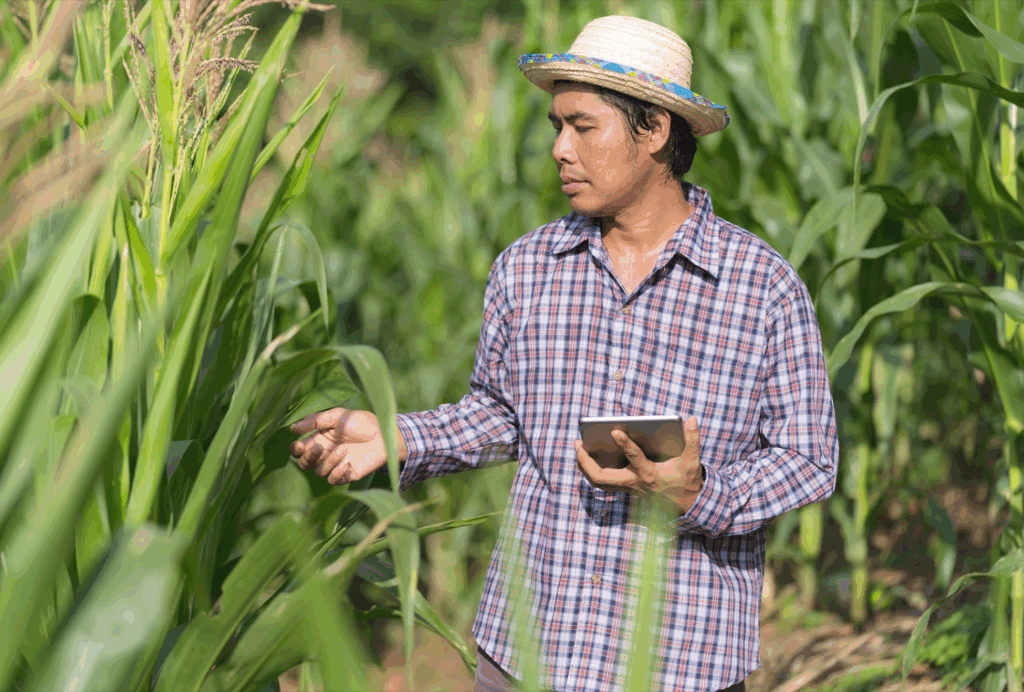
This month, the Native Lands Advocacy Project (NLAP) wrapped up our webinar series: Keystone Data Tools for Native Land Planning. These webinars introduced attendees to three foundational datasets that Native Nations & citizens can use to make informed, sovereign decisions for their futures: The USDA Census of Agriculture for American Indian Reservations The National Land […]
Creating a Historic Loss Assessment, Part 2: Loss of life and Extraction of minerals
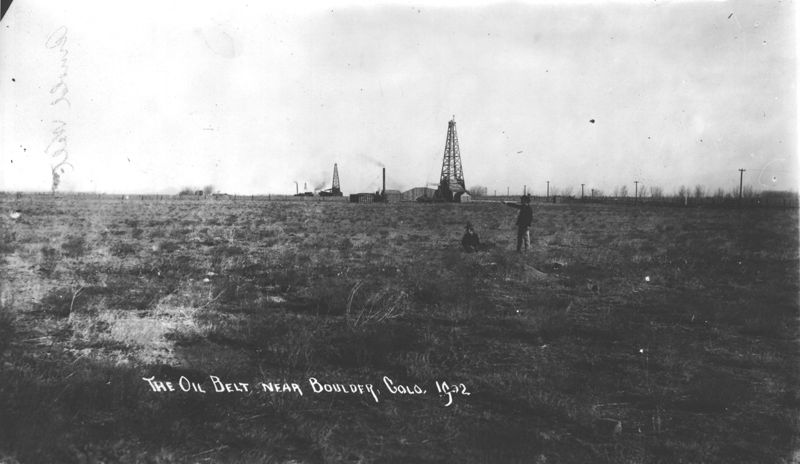
By calculating land dispossession, this report seeks to not only identify what has been taken from Native peoples but also how this theft became the original source of capital that built Colorado and the West.
